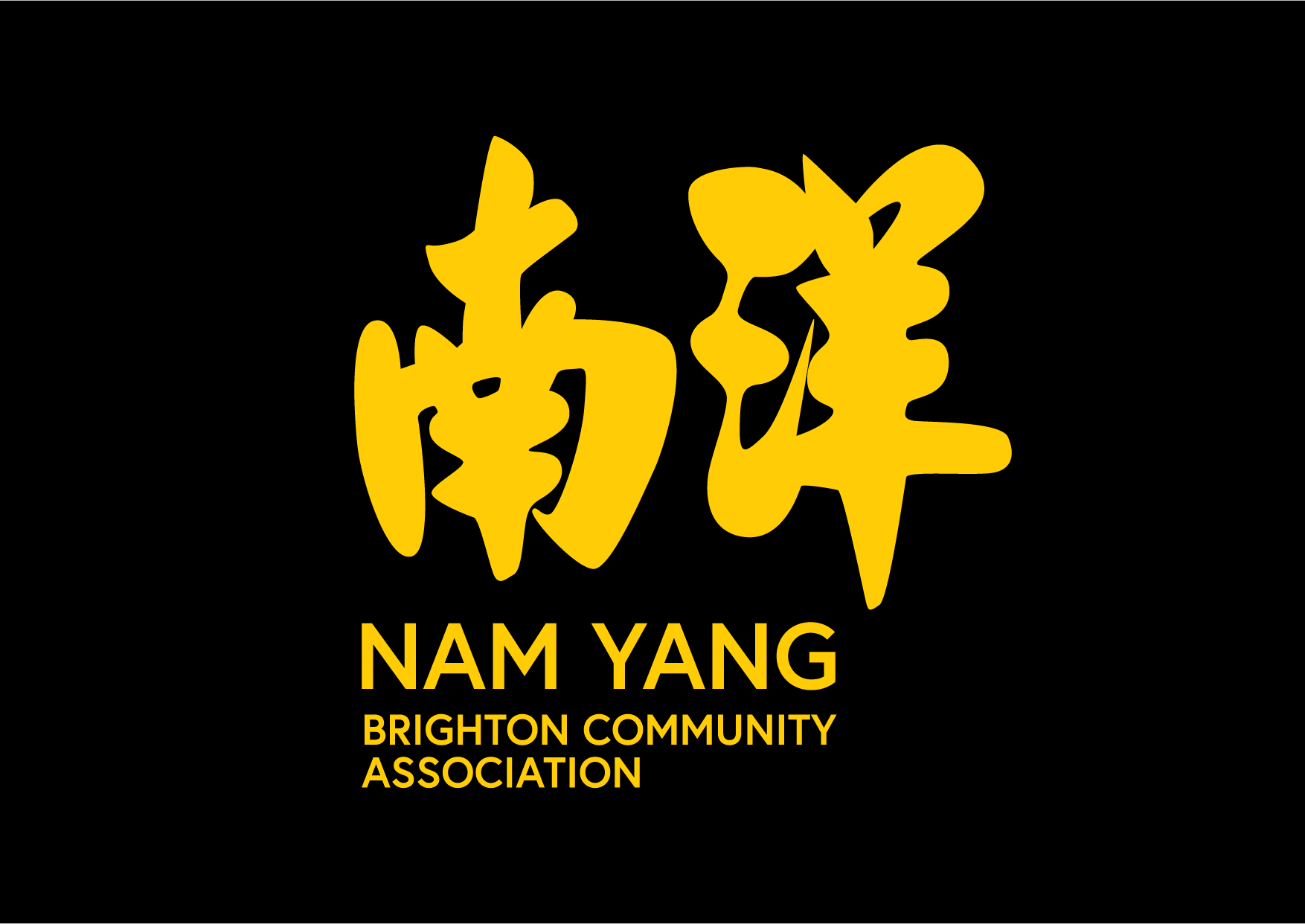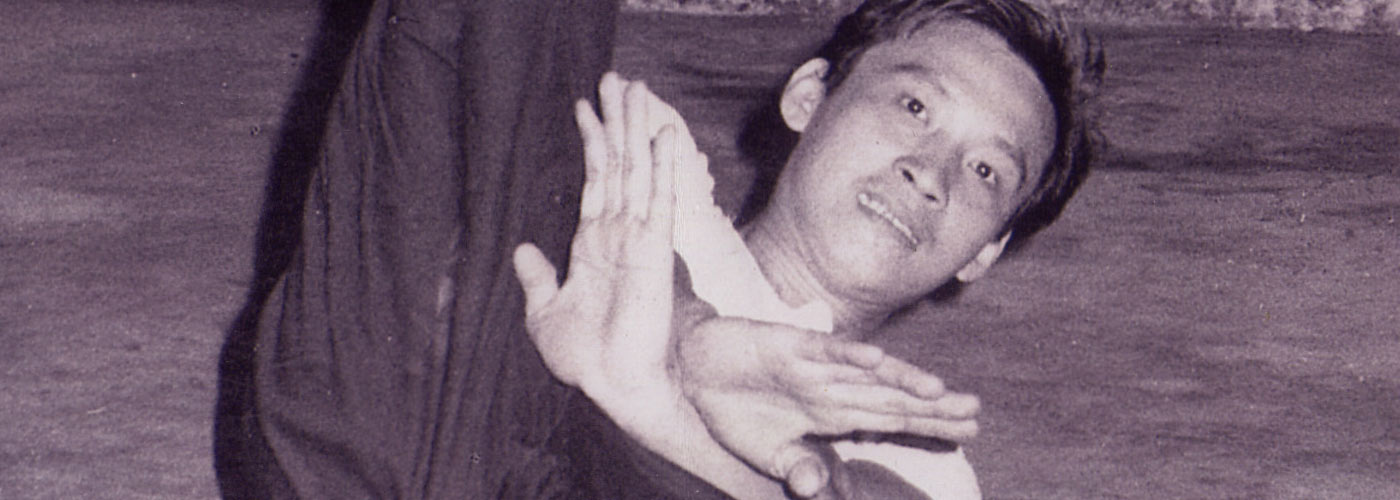The Heart of the Tiger Crane Art – Sam Chien
The style of Kung Fu taught at the Nam Yang, founded by Grand Master Ang Lian Huat in 1954, is the Tiger Crane Combination Style. The style, as passed down by Grand Master to his successor, Master Tan Soh Tin, consists of eleven basic hand routines, (often called forms, patterns or sets), which constitute the basic training of the art, and numerous more advanced routines. The time which students spend on each routine will vary according to the individual, but a depth of understanding of the techniques presented in each routine does take time to develop.
The first routine a student learns is the Sam Chien. Master Tan always stresses the importance of training Sam Chien, as did Master Ang, which is continually developed throughout the life of the martial artist. Without a firm grounding in the basics, as practiced in Sam Chien, any progress in the art will be impossible.
The importance of Sam Chien training to the art is unquestionable. Only with correct tuition and training in this form can a student develop ‘geng’, or ‘springing strength’, which can then be applied in the other forms. This is not a matter of just repeating the same moves continuously over time, but rather being shown how to develop and refine the moves through the guidance of a qualified instructor, or Master. Through continual correct training in Sam Chien, the senses are developed and the body is conditioned both internally and externally, so a practitioner develops an ‘Iron Shirt’.
Below is a translation of the names of the movements of Sam Chien:
三 站 拳 诏 式
1 – The General Carrying His Seal 将 军 抱 印 (jiangjun bao yin)
2 – Brothers Across The Four Seas 五 湖 四 海 (wu hu si hai )
3 – The Fairy Displaying Her Flowers 仙 女 散 花 (xian nu san hua)
4 – Two Pillars Piercing The Earth 双 肩 墜 地 (shuang jian zhui di)
5 – The Beauty Looking In The Mirror 美 人 照 鏡 (mei ren zhao jing)
6 – Double Dragons Going Out To Sea 双 龙出 海 (shuang long chu hai)
7 – Holding the tree branches 收 回 木 枝 (shou hui mu zhi)
(Steps 6 & 7 repeated 3 times forwards and 3 times back)
8 – The Lobster Throwing Out his Pincers 龙 虾 双 弹 (long xia shuang tan)
9 – The Golden Scissors 金 剪 手 式 (jin jian shou shi)
10 – Double Scissor Hand 双 切 手 式 (shuang qie shou shi)
11 – Double Arrow Hand 双 箭 手 式 (shuang jian shou shi)
12 – The Child Carrying the Ancestral Tablet 孩 儿 抱 牌 (hai er bao pai)
13 – Two Pillars Piercing The Earth 双 肩 墜 地 (shuang jiang zhui di)
Some words from Master Tan Soh Tin
“All the different groups of pugilistic art have some objective. Each of these groups have their own specialties and their own usefulness. A lot will depend on the individuals’ intelligence, diligence and concentration in pursuing with the training. There is no limit in the training of the Chinese Pugilistic Art. There is no such thing as a person who is a fully qualified practitioner. One is always learning.”
We were taught the ‘Tiger Crane Combined Art’ (Hoo Her Suan Sin) under the guidance of our Master Ang Lian Huat.
This art is the combination created by a man Hung Ee Kan and wife Tee Eng Choon, the man specializing in the ‘Tiger’ art and his wife in the ‘Crane’ art.
The basis of this art is the training of eleven graded sets of exercises, whereby the aim is to achieve stability, flexibility, power and strength through these exercises. The sets of exercises are designed for step by step improvements toward the objective. For a pugilist to learn all eleven sets of the fundamental exercises of the Tiger Crane System, it would take a minimum of five to six years. After that more advanced exercises would follow.
The beginning stage of the training programme is very important to a pugilist, for if he starts wrongly if would be difficult to adjust him at a later stage. Training usually starts with the leg movements so as to be able to stand at a stable position. After mastering the leg movements, the hand movements would be taught. It is advisable to start the first lesson in a relaxed manner rather than over exerting oneself.
The powerful posture and attacks of the Tiger form are augmented by the softer ‘sticking-hand’ technique of the Crane. Penetratative hand attacks and projection of inner-strength combine with lower-body kicks and sweeps to deliver a highly effective system which displays the full grace and depth of the Shaolin arts.
At the pinnacle of martial science, tried and tested over many generations, Tiger-Crane combination has proven itself to be one of the most effective fighting arts. (Please see history section)
A fair degree of physical exercise is involved, so this is best suited to the under forties, including children from six upwards.

